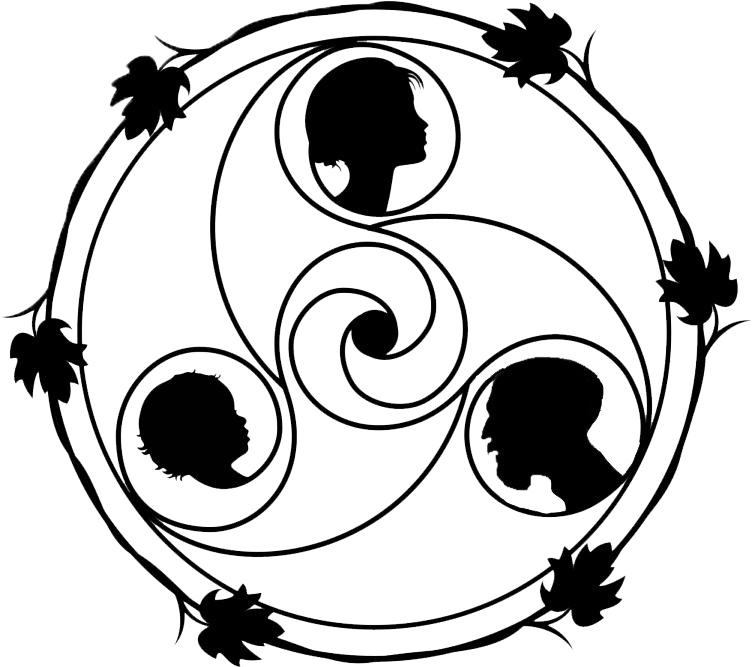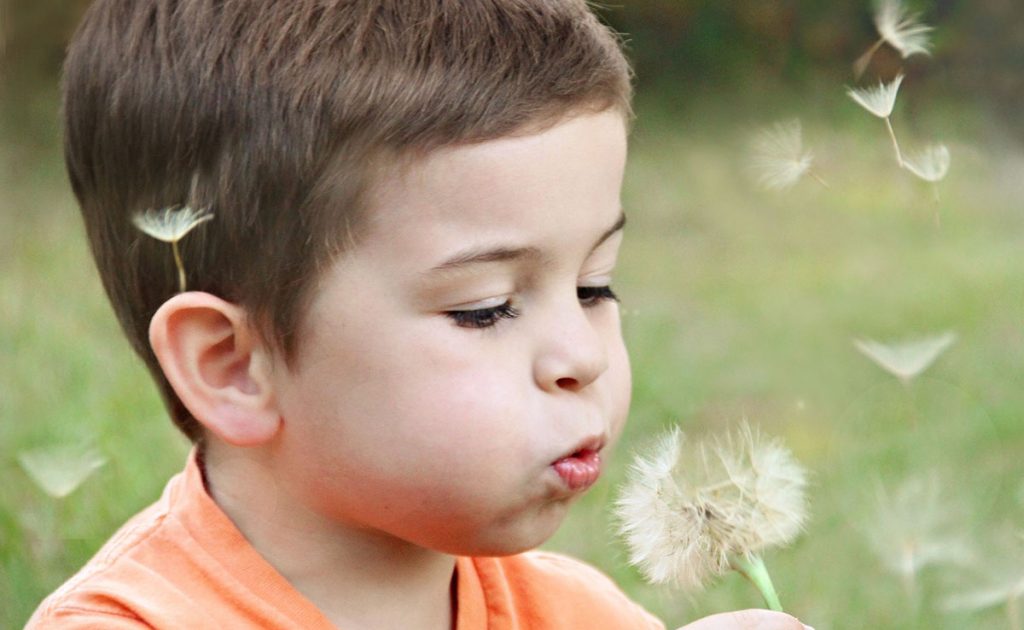Recently I was asked by a young widow to create and officiate a funeral for her 35-year-old husband who died suddenly and unexpectedly from an undiagnosed cancer. This woman had two young boys, 2 ½ and 4 years of age. I asked her if she wanted to include her boys in the ceremony, but she felt that it wouldn’t be appropriate. After the funeral however she contacted me and asked if I would do a special ceremony just for the boys at her home. She wanted to have me help them understand that their daddy was gone so that they could begin their own grieving process.
While having the experience of working with adults to create ceremony and rituals to honor a loved one’s passing, creating a ceremony for very young children who have suddenly lost their father presented a daunting challenge for me. I had never done anything like this before. Nevertheless, I told my client that I would try to put together an appropriate ceremony for her to review and that, if we agreed that it would benefit her boys, I would come to her house and conduct it.
Talking with other celebrants in my network I discovered that no one had ever done such a ceremony. After researching the Celebrant Foundation and Institute’s library I found no examples of creating memorial ceremonies for preschoolers who have lost a parent. I would be on my own.
In my work as a celebrant, I am used to employing symbolic elements in ritual and ceremony. I began to wonder how I could use symbols in this situation to convey meaning and ease the difficult task of talking about the death of their father with these boys.
I knew that these boys would probably not want to talk about their father. I knew that they would be easily distracted and that they would hold in their feelings, especially with a stranger. How could I get them to open up, listen, and actively engage in talking to me about their shattering loss?
I felt insecure and unprepared for such a task. I first did a search of the internet about “explaining death to children.” One book stood out to me, Something Very Sad Happened, by child psychologist Amy Zucker. This is a storybook intended to be read to two and three-year-old children to help them understand death and begin to process the loss of someone close to them. I found it excellent and appreciated the many suggestions given in the afterword of the book.
I know children of that age love activities, especially coloring. I decided to bring two small empty boxes and packs of crayons for each boy to engage in the activity of making memory boxes. I would bring my own memory box to show them that I had prepared in advance. In my box I placed small objects and pictures that reminded me of my own father who had passed away. I also arranged with the boy’s mother to have some objects and pictures ready in advance for the boys to put in their boxes.
The most important object I would bring was Cheswick, my large stuffed bear, who would help me talk to the boys about their father. According to the New York University Psychoanalytical Institute, a transitional object such as a child’s teddy bear may be conceived of as a defense against separation anxiety while being soothing and comforting for a child.
The children’s mother and grandmother reviewed my ceremony plans and agreed to have me enact it. Armed with these symbolic elements, on the appointed day, I made my way to their home. I was so nervous I had my wife drive me for the hour-long trip and I kept Cheswick in my lap. He was very soothing and calmed my anxiety.
The boys were excited to have a new visitor. All they wanted to do was to show me their toys and play. They knew why I was there, and they definitely did not want to talk about their father. I made a special space on the floor by laying out a circle of rope and invited the boys to come and sit with me, but they would not join me. The 4-year-old pointedly said to me, “I do not want to talk about my daddy”.
None of my plans would have worked without Cheswick. Pretending to listen to the bear and then tell the boys what the bear was saying completely captivated them. They went from distracted avoidance to agreeing to participate in whatever the bear suggested. The show and tell of my dad’s memory box and the symbols it contained, the activity of coloring their own memory boxes, and the storybook reading all went as I had envisioned it. The boys even began to open up and talk about their father.
As celebrants we employ tools and symbols in our work. In this instance, Cheswick was going to be a tool, like the book, or the crayons, but instead became a symbol, like the memory box and its contents. Cheswick, it turns out, became the most important symbol I had for this challenging ceremony.
I believe that very young children are an important subset of grieving families, unfortunately they rarely benefit from the compassionate service that celebrants provide adults. They deserve specialized treatment and should not be overlooked in marking difficult events in their lives, and those of their families. I have gained confidence in doing ceremonies for the very young now. Going forward, I plan on making ceremonies for the very young a part of my practice, not just for funerals, but other life transitions such as divorce, relocations, blended families, and animal companion loss.


